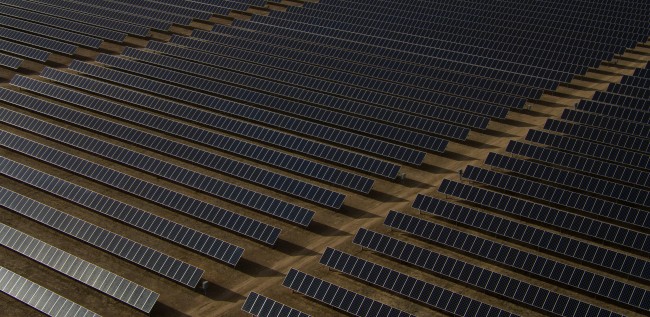The global power sector is in the midst of a major transition. In 2024, zero-carbon sources made up 90% of all new power generation capacity additions. The costs of wind and solar power have fallen dramatically over the last decade. The investment shift is already yielding positive impacts: the carbon-intensity of the global power system — the amount of carbon dioxide (CO2) emitted per unit of electricity generated — has fallen by 11% since 2015, although overall emissions by the sector have grown by around 12% in the same time frame due to rising electricity demand.
Accelerating decarbonization in the power sector is fundamental to meeting the ambitions of the Paris Agreement. In fact, strategies for systems such as industry and transport are contingent upon the power system’s decarbonization.
Countries need to set ambitious plans to achieve rapid and large-scale deployment of zero-carbon power
National plans to scale zero-carbon electricity generation now exist over most of the globe. At least 160 countries have outlined plans to replace fossil fuel power with lower carbon alternatives. While these commitments are important, they are not being put into practice fast enough.
The share of zero-carbon power in global electricity generation has been steadily increasing since 2011 and stood at 41% as of 2024, but it must accelerate. Collectively, governments, businesses and households must prioritize a rapid transition to more sustainable forms of energy, unlocking myriad benefits such as lower CO2 emissions, cleaner air, more resilient water resources and a net-benefit to the global economy.
Countries such as Uruguay, Denmark and Lithuania have scaled up solar and wind at rates faster than what’s needed globally to limit global warming to 1.5°C.


